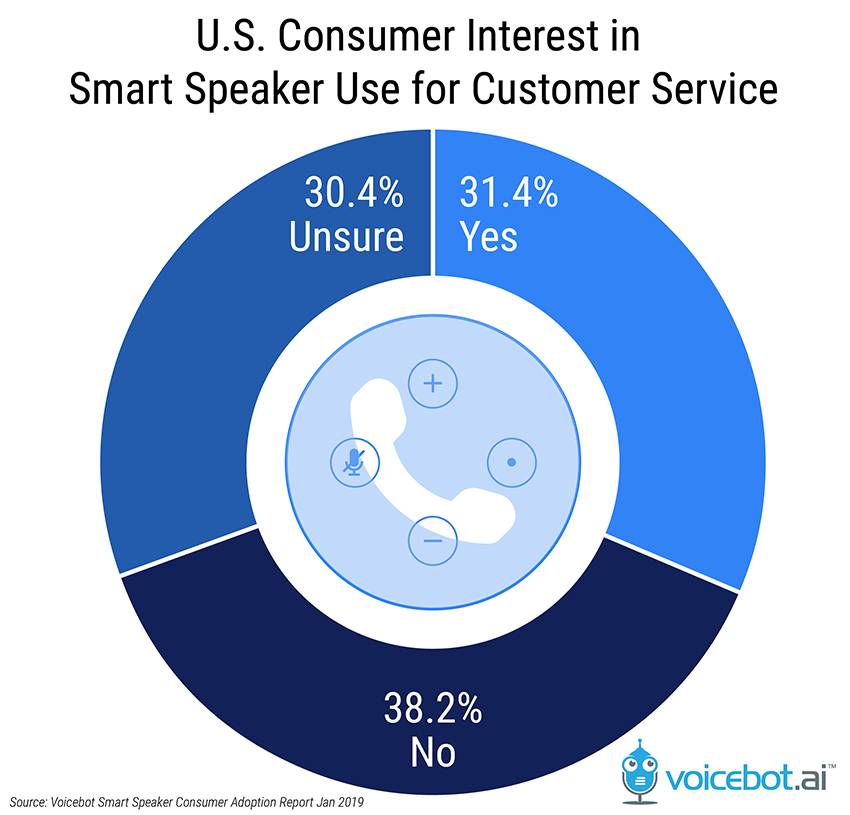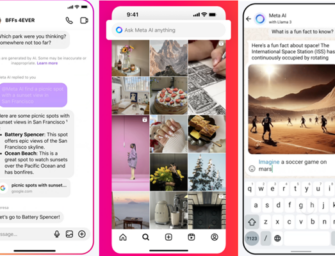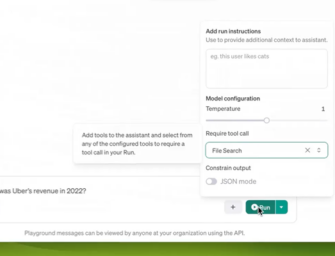Twilio Adds Real-Time Voice Analysis to AI Call Centers

Digital communications platform Twilio debuted a new real-time automated call analytics service called Media Streams on Tuesday. The new offering for their call center clients includes the ability to integrate technology from Google Cloud, Amazon Web Services, and speech recognition and analytics software startup Gridspace.
Customer Voice Analysis and AI
Media Streams creates a relatively simple way for clients to integrate natural language processing and other AI tools to call in real time. The AI can analyze the language and sentiment of the voices on the call, and bring in additional options from Twilio’s partners. Amazon and Google both offer different versions of conversational transcription and analysis APIs.
Gridspace’s Sift technology similarly examines conversations, as well as automating adaptation so that the responses change based on what the caller is saying as well as the way they say it. According to the announcement from Twilio, Media Streams is designed to bring the benefits of AI to a much wider range of businesses
“Advancements in natural language processing, sentiment analysis and other AI technologies have created huge opportunities for businesses to improve their customer engagement in real time,” Twilio chief product officer Chee Chew said in a statement. “Businesses need access to conversations as they are actually happening. With Media Streams, we’re making it easy for businesses to apply their own AI to voice calls or integrate third party solutions with a few lines of code.”
AI Bot Calls Could Be Big Business
This is only the latest in Twilio’s efforts to streamline and enhance the process of building AI-powered bots for its customers. The company launched Autopilot last October to make it easier to apply its chat and voice interactions to Amazon and Google’s respective voice assistants. Autopilot collects information and context conversationally through Alexa and Google Assistant, passing the customer along to a human agent only when necessary.
The appetite among consumers for using their voice assistants to connect with customer service isn’t overwhelming yet, but Voicebot’s research has found that nearly a third of smart speaker owners are interested in using their devices to contact customer service departments. That percentage is only likely to grow as more and more households acquire devices with voice assistants.

The investment in this kind of technology is likely part of why Twilio reported $275 million in revenue for the second quarter of 2019 last week, an 86 percent rise from the year before. Media Streams may only be priced at a quarter-cent per minute of use, but it adds up quickly when considering the sheer volume of call centers using Twilio’s platform.
Twilio is hardly competing alone in this space. Virtual agent developer Inference has been rapidly adding new ways for its AI call center services while industry heavyweight Nuance Communications has its own set of AI services from contact centers. And, while Google’s Duplex and CallJoy products are explicitly not for enterprise customers, they do show a new take on how AI can handle customer interaction. At some point, call centers may only need human agents for truly difficult or unusual cases.
You can learn more about Gridspace and its voice analysis solutions during an upcoming Voicebot webinar on August 22, 2019. Please register if you can join or if you would like a copy of the recording afterward. Register
Follow @voicebotai Follow @erichschwartz
Twilio Autopilot Brings Chat, SMS and Phone Call Support to Alexa and Google Assistant
About One-third of Smart Speaker Owners Want to Contact Customer Service Departments by Voice








